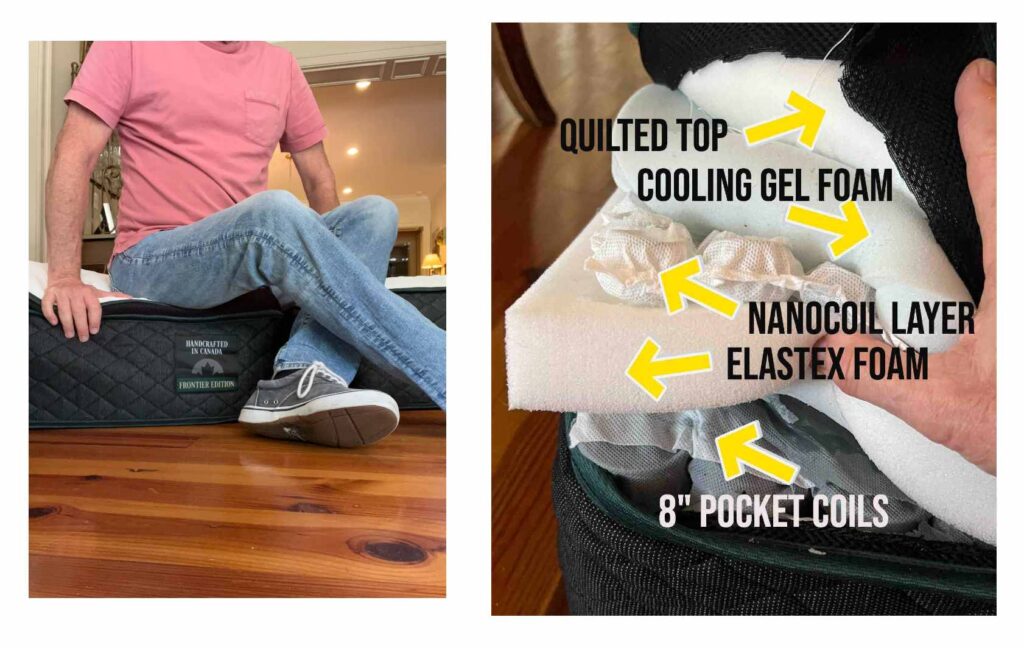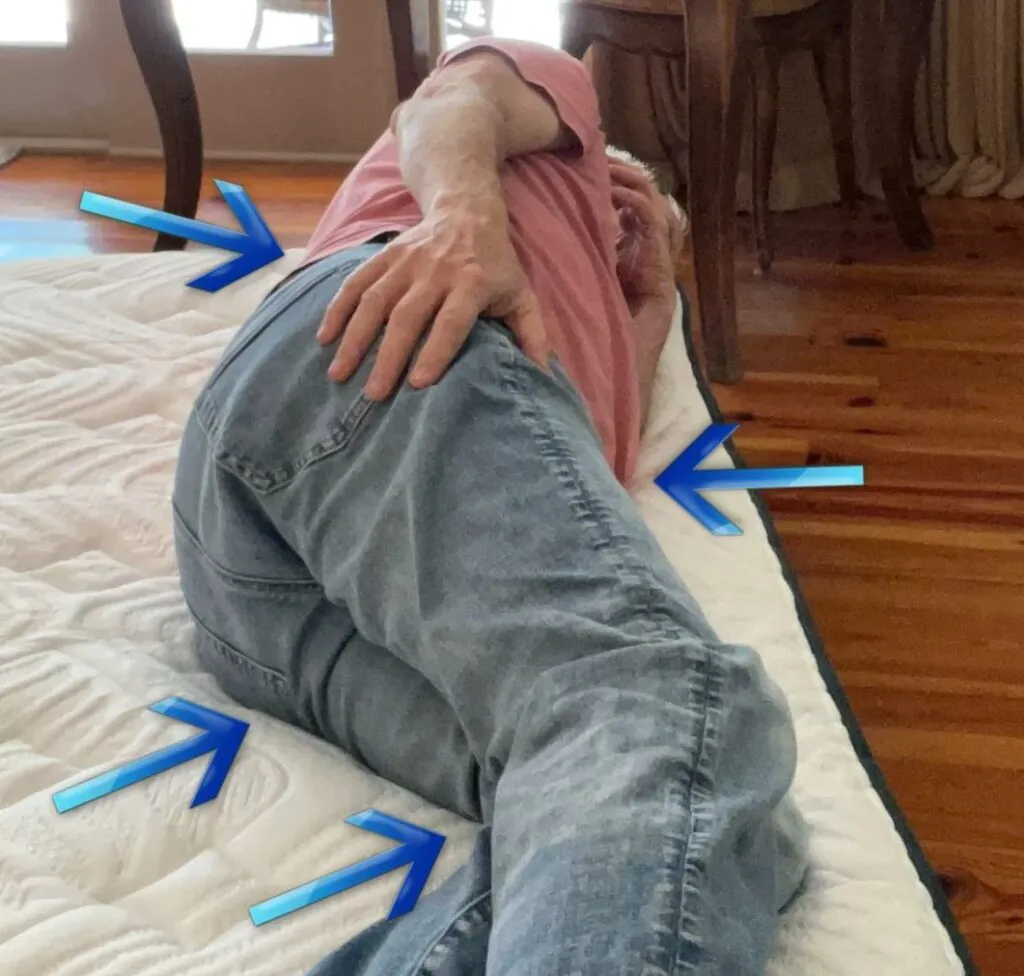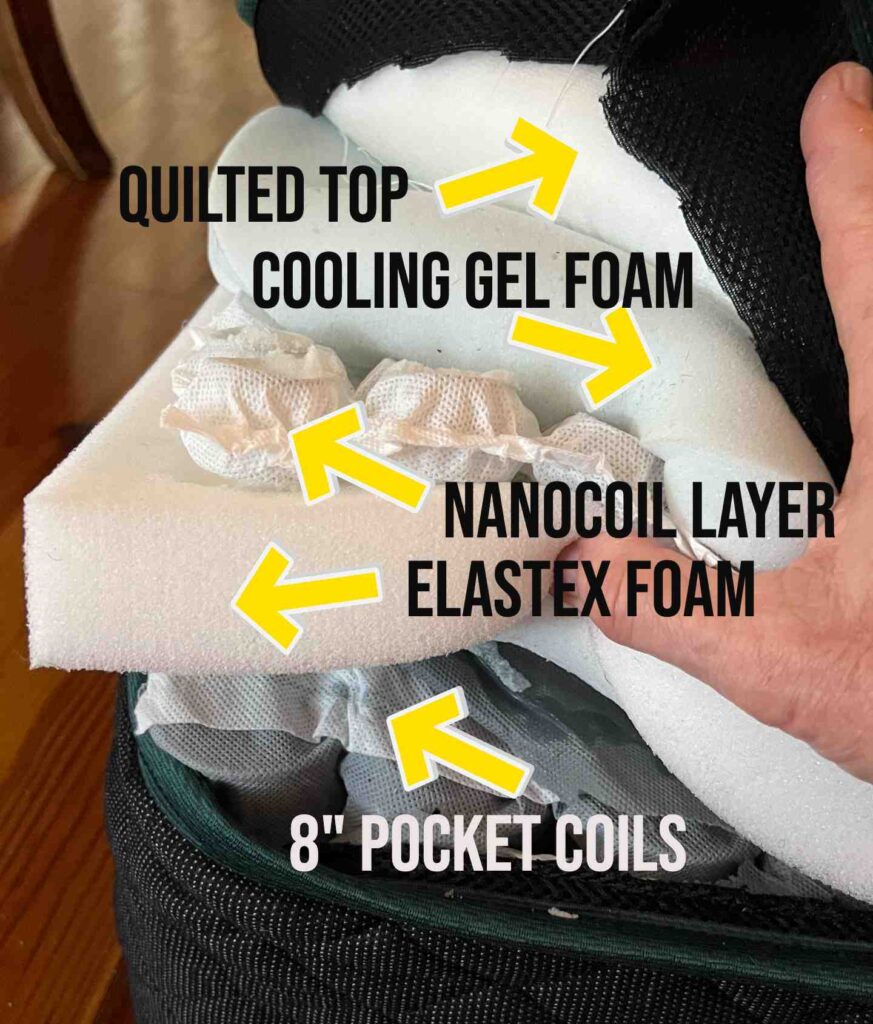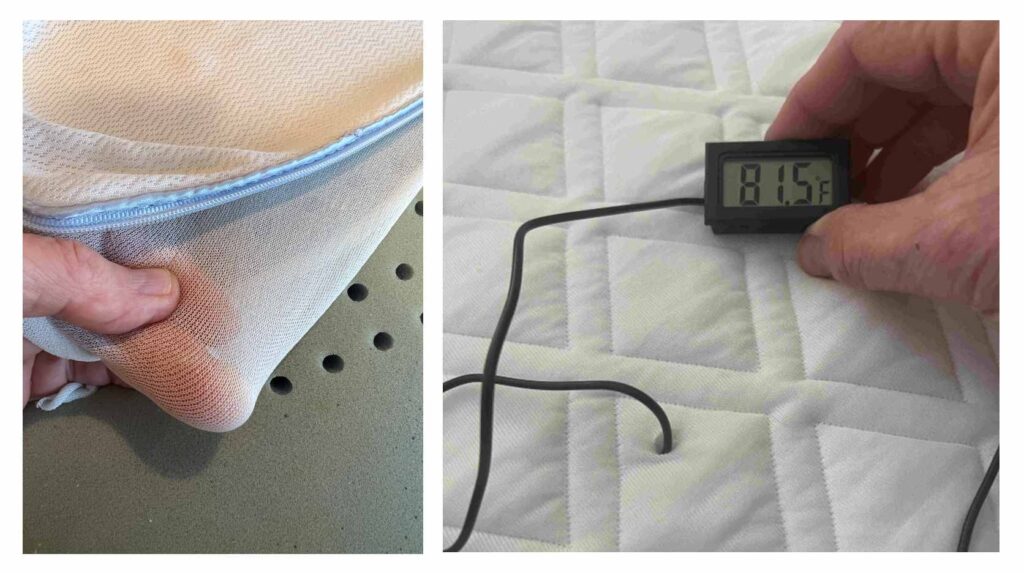I Believe In Full Transparency For Our Readers.

We may receive a commission if you decide to purchase one of the mattresses we have reviewed and offered on our site, through various affiliate programs. Note: this does not increase the cost of the price you pay for any product.
Note: We donate many of our test samples (about 60%) to The Habitat For Humanity Restore, in Mandeville, Louisiana.
The editor and CEO of The Mattress Buyer Guide, Marc Anderson, is a well known industry veteran who spent 25 years on the manufacturing side of the mattress business, as well as being a mattress components expert and consultant. You can learn more about Marc here.
We’re actually the only mattress review web site managed and owned by an individual who has actually worked in the mattress manufacturing industry, both with products in the USA and Canada.
Marc brings a refreshing “across the kitchen table” style of conversation to a mattress review site that make shopping for mattresses and selecting the best option for you a little easier. Thanks for visiting!
Authentic Testing By A Mattress Industry Professional, Not Digital Marketers.



Marc personally tests and sleeps on every brand we review. He also inspects and evaluates internal components like foam layers, coil systems, textiles, quilt, fire barriers, zippers and closures, thread quality, and more.

Mattress Components We Evaluate And Test During Our Reviews
There are many ingredients that go into the design and production of mattresses. Marc has worked with and used the following materials while a manufacturer, which allows him to objectively evaluate the quality of the materials used in mattresses he has reviewed:
Foams:
- Memory Foam: Viscoelastic foam that conforms to the body’s shape, offering pressure relief and comfort, 2lb density all the way up to 5lb.
- Latex Foam: Natural or synthetic latex foam with responsiveness and breathability, providing support and bounce, 26ILD-50ILD material
- Polyurethane Foam: A versatile foam available in various densities, used for support and comfort layers, including high density PU foam, urethane memory foams, and other materials. Note: did you know that polyurethane foam is not toxic and is widely used in cardiovascular biomaterials, fixed blood lines for hemodialysis, central venous catheters, intravenous bags, etc?
- Gel Foam: Infused with gel beads to regulate temperature and enhance comfort. PCMs, (phase change materials, graphite infused material.
- High-Resilience Foam: Durable foam with responsiveness, often used as a base layer for support.
- Convolute Foam: Also known as egg crate foam, it promotes airflow and cushioning. I generally evaluate channeled foam, and don’t see a lot of egg crate foam out there in mattress design, primarily because a layperson will associate it negatively with packaging material.
Coils:
- Innerspring Coils: Traditional coil systems with interconnected springs for support and motion isolation.
- Pocketed Coils: Individually encased coils that minimize motion transfer and contour to the body.
- Bonnell Coils: Hourglass-shaped coils connected with wires for basic support.
- Offset Coils: Similar to Bonnell coils but with squared tops for better conforming support.
- Continuous Coils: Rows of S-shaped coils made from a single wire, providing consistent support.
Fabrics:
- Ticking Fabric: The outer fabric covering the mattress, often made of durable and breathable materials.
- Quilted Fabric: Stitched or tufted patterns on the surface, adding softness and style.
- Stretch Knit Fabric: Elastic fabric that allows the mattress to contour to the body.
- Natural Fibers: Materials like cotton, wool, and bamboo used for their breathability and moisture-wicking properties.
Fire Barrier Textiles:
- Flame-Resistant Fabric: A layer that meets fire safety regulations, often made from materials like fiberglass or flame-retardant chemicals.
- Fire Sock: A fire-resistant lining covering the mattress core or encasing foam layers.
- Fire-Resistant Threads: Special threads that resist burning and help secure the fire barrier components.
- Natural Fire Barrier Fabric– thistle wood pulp textile
Other Components:
- Support Core: The primary layer responsible for overall support, which can include foam, coils, or a combination of both.
- Comfort Layers: Additional foam or padding layers that provide cushioning and comfort.
- Edge Support: Reinforcements along the mattress perimeter to prevent sagging and increase usable space.
- Pillow Top or Euro Top: An additional comfort layer sewn into the top for extra plushness.
- Foundation or Box Spring: The base that supports the mattress, providing stability and height.
- Mattress Toppers: Removable layers placed on top of the mattress to adjust firmness or add cushioning.
- Ventilation Channels: Perforations or grooves that promote airflow, keeping the mattress cool and dry.
- Handles: Fabric handles stitched onto the sides for easier mattress maneuvering.
We highly recommend taking a look at our Where To Buy page, and strongly consider brands Marc has tested using his proprietary scoring system, assuring you that you’ll buy a great mattress from a reliable company that’s been vetted.
Because we have been in the manufacturing business ourselves, we know all of the tricks of the trade! Our primary mission is to make mattress shopping less mysterious and less miserable.
The content within this site, including reviews, metrics, evaluations, impressions of, numerical ratings, general observations, and all other substantive material, are the opinions of TheMattressBuyerGuide.Com and its editorial and content writing team. Reproducing or unauthorized use is forbidden without written permission or acknowledgement of content.
Visit our About Us page is you would like to contact our team, for any reason.